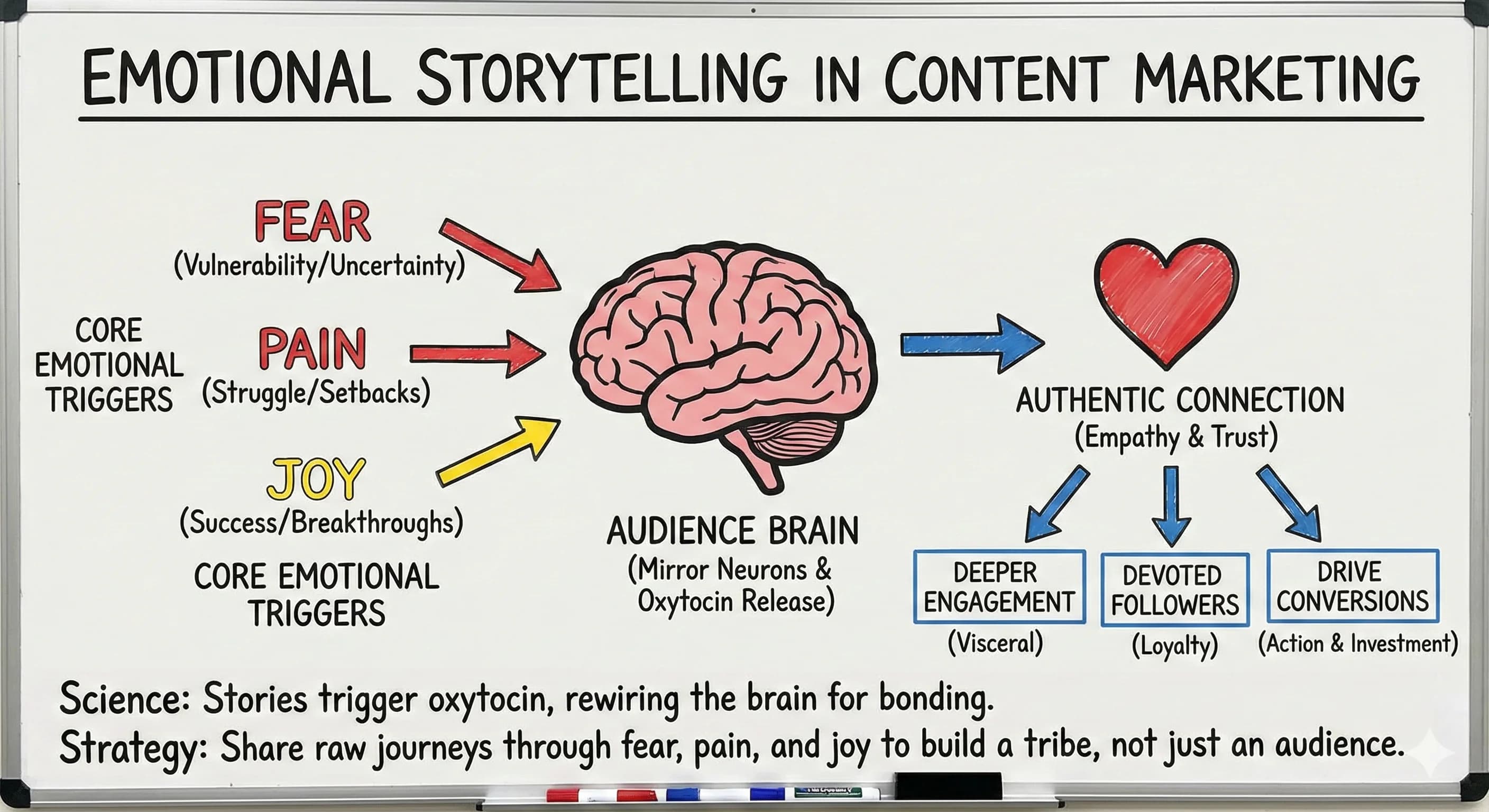Craft Compelling Content: How Emotional Storytelling Transforms Your Content Marketing Strategy
Learn proven techniques to systematically research Facebook groups and creator comments to uncover content ideas that your audience actually wants to consume.
•4 min read
Details
Categories:
Topic:

Loading content...

